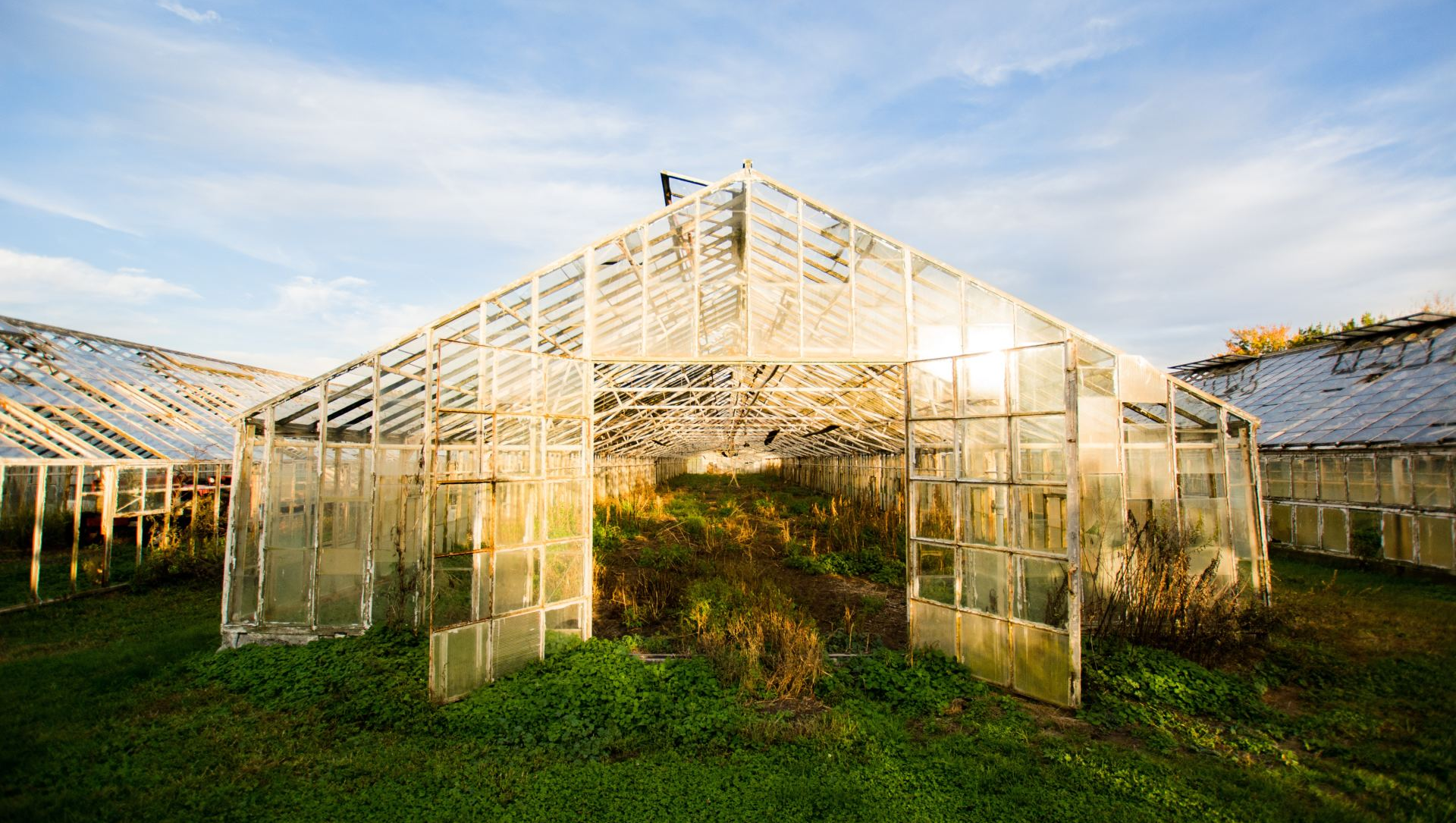
A review of licensing data from the California Department of Food and Agriculture’s (CDFA’s) CalCannabis Division, which licenses and regulates cultivators, shows a notable uptick in the number of annual and provisional licenses issued since early June. Meanwhile, it appears that the vast majority of temporary licenses in the state will be expired by the end of July.
As of June 26, 2,000 annual and provisional cultivation licenses have been approved by CDFA, a 28.3% increase from earlier in the month, when 1,559 had been issued as of June 4. 592 temporary cultivation licenses also remained active as of June 26, down sharply from over 1,050 earlier this month.
Overall, 2,592 cultivation licenses of all types remained active in California’s licensed system as of June 26. That figure is down by nearly 57% compared to just over 6,000 cultivation licenses of all types active at the end of 2018, although at the time all but a handful were temporary. As a result, the number of growers in the state that are able to sell their products into California’s regulated market legally has shrunk dramatically.
Furthermore, a greater percentage of California farmers should be tracking their plants and inventory using the state’s Cannabis Track-and-Trace system (CCTT). Annual and provisional licensees are required to use the CCTT, while temporary ones are not. Early this month, only about 60% of all active licenses were mandated to employ the CCTT. As of June 26, over three-quarters – 77%, to be specific – should now be using the statewide tracking software.
The proportion of farmers compelled to use the CCTT system should increase to nearly 100% by the end of July. As of June 26, 527, or 89%, of the 592 active temporary cultivation licenses were listed as “About to Expire,” meaning that they will do so within 30 days of the issuance of the report. Come August, only a few temporary cultivation licenses will remain valid, with most cultivators required to track their plants and inventory with the CCTT.
Increased adoption of the CCTT by growers could have divergent effects on available supply in California’s licensed market. While it is not impossible to divert product out of a legal cannabis system even when a track-and-trace system is present, increased state oversight makes cultivators using CCTT less likely to do so, keeping more inventory in the regulated market.
On the other hand, as larger proportions of growers adopt the CCTT, California officials can more easily check if product being taken in by distributors and sold to retailers is coming from a licensed source. Reports from market participants last year stated that unlicensed production was making its way into the state’s licensed system in the absence of CCTT, boosting the amount of supply available overall and decreasing wholesale demand for product from permitted producers.
It is possible that decreasing amounts of inventory from unlicensed sources entering California’s regulated market is contributing to the positive trend in wholesale prices in the state. Upward pressure on supply side rates would also presumably result from the smaller amount of sellers licensed compared to earlier this year, in addition to the fact that the production of permitted cultivators is typically more expensive, due to taxes, fees, and increased costs to operate in the regulated market generally.
Another factor applying upward pressure to our assessments of California wholesale prices is the increasing amount of transactions for pre-packaged product that are being observed. In general, pre-packaged inventory sells for higher rates on the wholesale market compared to analogous bulk flower. For example, we have received transaction data from a single seller in California showing that a pound of product pre-packaged into increments of 3.5 grams (an eighth of an ounce), can garner nearly double the wholesale price of the same flower sold in bulk.